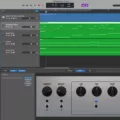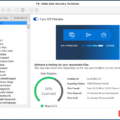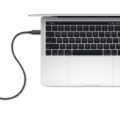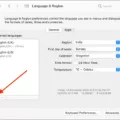A hard drive is an essential component of a computer that stores all the data, including the operating system, applications, and personal files. However, sometimes, a hard drive can fail and become inaccessible, which can be a frustrating experience for users. In this article, we will discuss how to recover data from a dead hard drive.
Step 1: Determine the Cause of Failure
Before attempting to recover data from a dead hard drive, it is important to understand the cause of the failure. Hard drives can fail due to various reasons, including physical damage, logical errors, viruses, and human error. If the hard drive is making clicking or grinding noises, it is likely a physical failure, and you may need professional help to recover the data.
Step 2: Connect the Hard Drive to Another Computer
If the hard drive is not physically damaged, the first step is to remove it from the affected computer and connect it to another working computer. You can use a hard drive connector, such as SATA to USB converter or an external hard drive enclosure, to connect the hard drive to the computer.
Step 3: Assign a Drive Letter
Open Disk Management on the computer, and if the system detects the hard drive but shows it as RAW, assign a drive letter to it. This will allow the computer to recognize the hard drive and access its contents.
Step 4: Use Data Recovery Software
Once you have assigned a drive letter to the hard drive, you can attempt to recover the data using data recovery software. There are various data recovery software available in the market, such as EaseUS Data Recovery Wizard, Recuva, and Stellar Data Recovery. This software can scan the hard drive for lost or damaged files and recover them.
Step 5: Seek Professional Help
If the above steps do not work, it may be time to seek professional help. A data recovery specialist can help you recover data from a physically damaged hard drive or one that is severely corrupted. However, professional data recovery services can be expensive, and the cost can vary depending on the severity of the damage and the amount of data to be recovered.
Recovering data from a dead hard drive can be a complicated process, but there are ways to retrieve the data. It is important to determine the cause of the failure and take appropriate steps to recover the data. Whether you try to recover the data yourself or seek professional help, it is important to act quickly to prevent further damage to the hard drive and to increase the chances of successful data recovery.
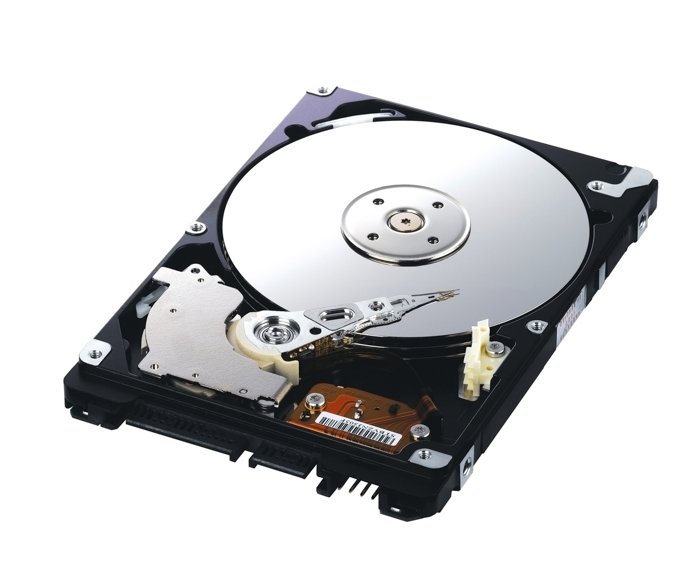
Is It Possible To Recover Data From A Dead Hard Drive?
It is possible to recover data from a dead hard drive under certain conditions. Firstly, the hard drive must be recognized by the operating system and display the correct size. If this condition is met, you can attempt a recovery using data recovery software. There are various data recovery software options available in the market such as EaseUS Data Recovery Wizard, Recuva, and Stellar Data Recovery. These tools scan the hard drive for lost or damaged files and recover them if possible.
However, if the hard drive is physically damaged, the recovery process becomes more complicated and may require the services of a professional data recovery company. In such cases, the hard drive may need to be disassembled in a cleanroom environment and the data extracted using specialized tools and techniques.
It is important to note that attempting data recovery on your own can be risky and may cause further damage to the hard drive. Therefore, it is recommended to seek professional assistance if you are not familiar with the data recovery process. Additionally, it is always a good practice to back up your important data regularly to avoid the risk of data loss due to hard drive failure.
How Do I Get Files Off A Dead Computer Hard Drive?
To retrieve files from a dead computer hard drive, you’ll need to remove the hard drive from the affected PC and connect it to another working computer. This can be achieved by using a hard drive connector such as a SATA to USB converter or an external Hard Drive Enclosure.
Once you have successfully connected the hard drive to the working computer, open Disk Management to check if the system detects the hard drive. If the hard drive is detected but shows as RAW, you’ll need to assign a drive letter to it.
After assigning a drive letter, you can access the hard drive’s files and transfer them to the working computer. It is recommended that you transfer the files to an external hard drive or cloud storage to ensure their safety and prevent data loss.
It’s important to note that attempting to retrieve files from a dead computer hard drive can be a complex process and may require the assistance of a professional data recovery service. It is also crucial to ensure that the working computer has updated antivirus software installed to prevent any potential virus infections from the dead hard drive.
How Do I Recover Data From A Hard Drive That Won’t Boot?
To recover data from a hard drive that won’t boot, there are a few steps that you can take. Firstly, you need to obtain an external hard disk enclosure that matches the size of the non-booting hard drive. This enclosure will allow you to connect the hard drive to another computer as an external drive.
Next, you need to uninstall the non-booting hard drive from the computer and install it into the external enclosure. This process is relatively simple and involves unscrewing the hard drive from the computer and attaching it to the enclosure using the screws provided.
Once the hard drive is installed in the enclosure, you can connect the USB and power cables to the enclosure and plug it into another computer. This will allow you to access the files on the non-booting hard drive and recover any important data.
It is important to note that you should not attempt to fix or repair the non-booting hard drive at this stage, as this could potentially cause further damage to the drive and result in permanent data loss. Instead, focus on recovering the data and seek professional assistance if necessary.
In summary, to recover data from a hard drive that won’t boot, you need to obtain an external hard disk enclosure, uninstall the non-booting hard drive, install it in the enclosure, connect the USB and power cables, and recover the data.
How Much Does Data Recovery From Dead Hard Drive Cost?
When it comes to the cost of data recovery from a dead hard drive, there are several factors that can influence the price. The cost can vary depending on the severity of the damage to the hard drive and the amount of work required to extract the data. On average, basic hard drive data recovery can range from $100 to $700. However, if the hard drive has failed mechanically, the cost can increase significantly. It’s important to keep in mind that the cost of data recovery can vary depending on the expertise of the technician, the type of hard drive, and the specific tools and techniques needed to recover the data. In some cases, the cost of data recovery may be too high, and it may be more cost-effective to replace the hard drive and restore the data from a backup.
Conclusion
Hard drives are an essential component of any computer or electronic device that stores data. However, like any other piece of technology, they can fail due to various reasons, including physical damage, logical errors, or hardware malfunction. When a hard drive fails, it can result in the loss of valuable and irreplaceable data, which can be devastating. Fortunately, it’s possible to recover data from a dead hard drive using data recovery software or by seeking the services of a professional data recovery expert. The cost of hard drive data recovery can vary depending on the severity of the damage, but it’s a small price to pay to retrieve important files and documents. It’s always recommended to back up your data regularly to avoid such situations and ensure that your data is safe and secure.

